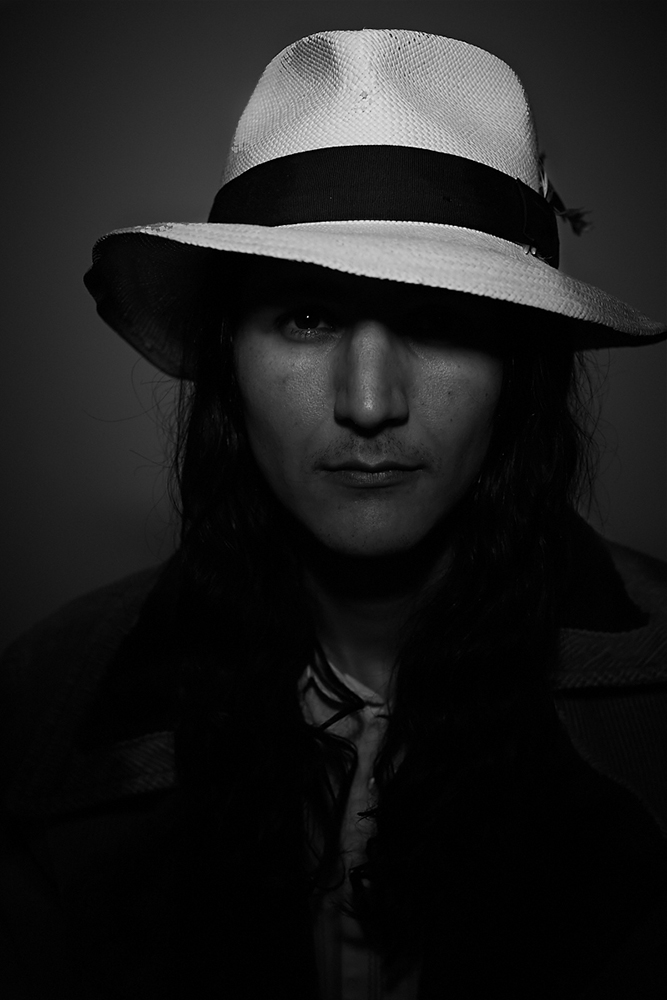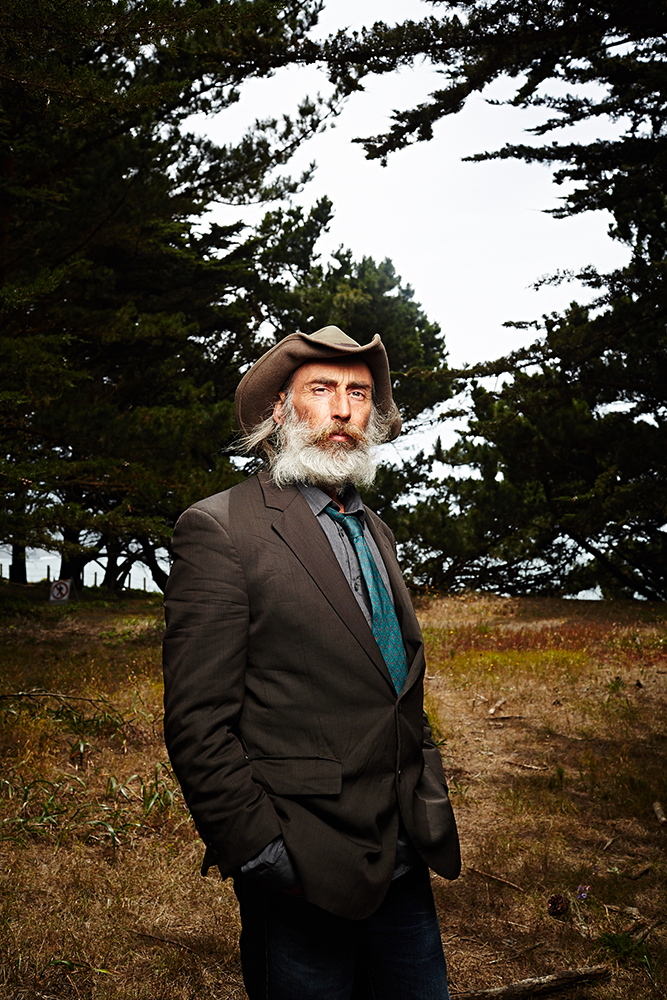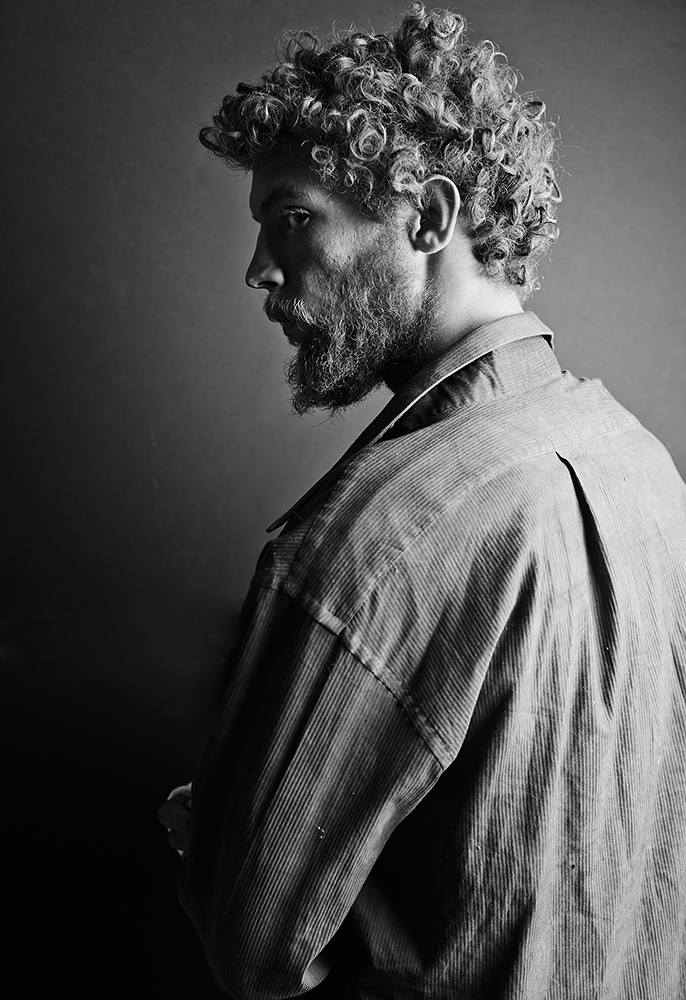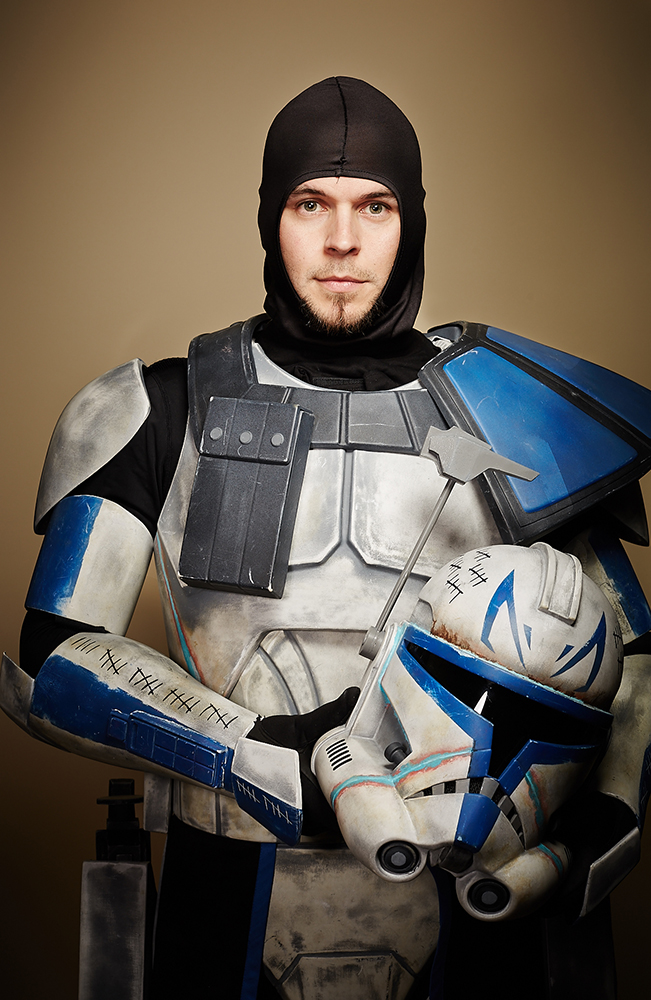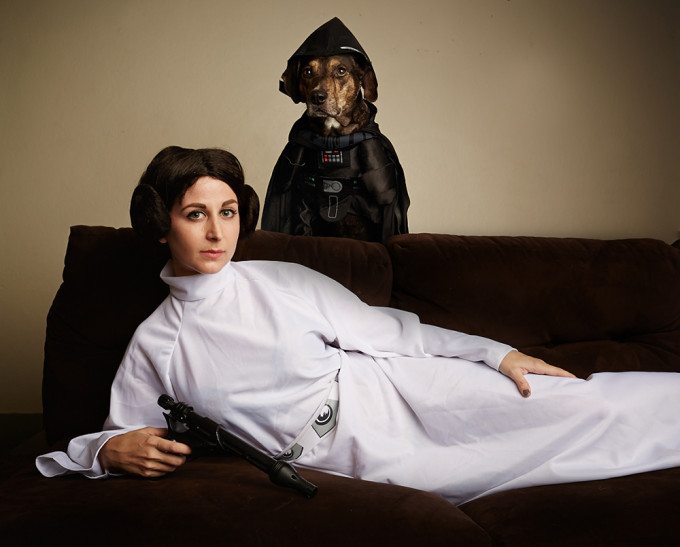
All images by Tom Fowler. Used with permission.
Tom Fowler has made a living as a full-time wedding photographer, and while he does the job well, he’s been looking for a change. He found that his creative vision was out of step with his wedding gigs. That is to say, he couldn’t make the types of images he wanted to make during a wedding, so he started experimenting with portraiture. Here, he shares his story, his craft and his approach.
You can check out more of Tom’s work on Instagram, his portrait site and his wedding site.
Phoblographer: Talk to us about how you got into photography.
Tom: How I got into photography is a very long story so I will try and condense it. I grew up in San Luis Obispo, Ca and I had a job as a projectionist in a movie theater back when the movies were 35mm. Around the same time I had taken a black and white class. Then I started going out after work with another coworker and shooting in abandoned buildings and just getting to know my gear. Then after awhile I started shooting local bands and then I got asked to do a wedding. After that first wedding I realized I could make some money doing that. I finally moved to Santa Monica to go to the community college there to learn more. I quickly found out after a year I couldn’t work full time and take a full load of classes. So I dropped out and got an internship at very large wedding photography company out of Downtown Los Angeles and that was where I learned a ton. My boss basically put me through photography bootcamp and then eventually I stop working for them and started my own company. After a few years of just doing weddings and trying to do more creative pictures at weddings, I realized that weddings wasn’t the right place for me to try the more creative pictures and it would be better if I just did portraits so I could be more creative. Around the same time I saw “In the American West” and Dan Winter’s and Frank Ockenfel’s work and all that stuff blew me away. It changed everything for me and my photography.
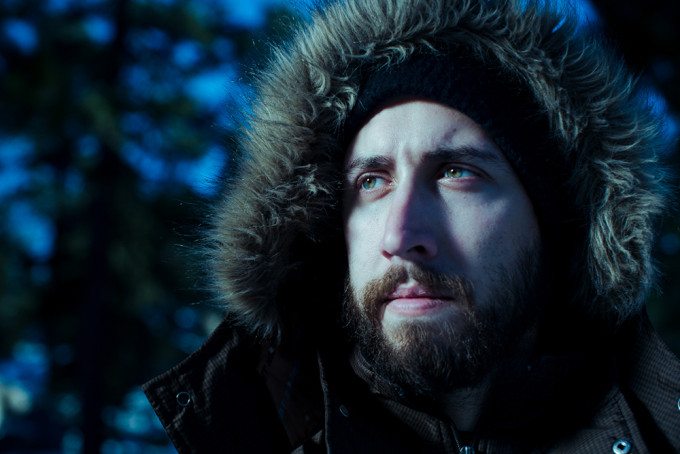
Phoblographer: Every photographer has their own unique process to approaching a subject and delivering final portraits. Talk us through a typical session with you from concept to finished display image.
Tom: It varies on how I approach my shoots. Typically I have a general idea or some lighting I want to 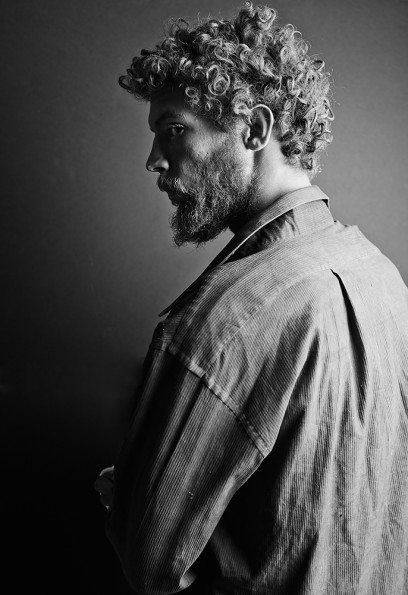 figure out just as a jumping off point. Most of the time my shoots serve as an opportunity to try a new lighting setup and learn something new. One time it took me a whole week to figure out a lighting setup. Once I figure that out I usually take it a step further and put my own twist on it and allow the subject to bring what they are going to bring to the shoot. I try to be very flexible because my best pictures are the ones that aren’t planned and I think that makes for a better picture. I tend to think of shooting a portrait is some what of a struggle and you have to fight against all the bad pictures. Once the pictures have been taken I begin to edit them obviously looking for things that speak to me the most. I am not really looking for the best lighting or a perfect image but rather what images the subject speaks to me more. Facial expressions, body language, quiet moments, how vulnerable they look etc. Once I have made my selections I then begin to edit. In the editing process I am finding the picture all over again. What colors work for that specific image that is why I have some warm and some cold images because some images just won’t work in certain colors. Then I export them and give them to my client.
figure out just as a jumping off point. Most of the time my shoots serve as an opportunity to try a new lighting setup and learn something new. One time it took me a whole week to figure out a lighting setup. Once I figure that out I usually take it a step further and put my own twist on it and allow the subject to bring what they are going to bring to the shoot. I try to be very flexible because my best pictures are the ones that aren’t planned and I think that makes for a better picture. I tend to think of shooting a portrait is some what of a struggle and you have to fight against all the bad pictures. Once the pictures have been taken I begin to edit them obviously looking for things that speak to me the most. I am not really looking for the best lighting or a perfect image but rather what images the subject speaks to me more. Facial expressions, body language, quiet moments, how vulnerable they look etc. Once I have made my selections I then begin to edit. In the editing process I am finding the picture all over again. What colors work for that specific image that is why I have some warm and some cold images because some images just won’t work in certain colors. Then I export them and give them to my client.
 figure out just as a jumping off point. Most of the time my shoots serve as an opportunity to try a new lighting setup and learn something new. One time it took me a whole week to figure out a lighting setup. Once I figure that out I usually take it a step further and put my own twist on it and allow the subject to bring what they are going to bring to the shoot. I try to be very flexible because my best pictures are the ones that aren’t planned and I think that makes for a better picture. I tend to think of shooting a portrait is some what of a struggle and you have to fight against all the bad pictures. Once the pictures have been taken I begin to edit them obviously looking for things that speak to me the most. I am not really looking for the best lighting or a perfect image but rather what images the subject speaks to me more. Facial expressions, body language, quiet moments, how vulnerable they look etc. Once I have made my selections I then begin to edit. In the editing process I am finding the picture all over again. What colors work for that specific image that is why I have some warm and some cold images because some images just won’t work in certain colors. Then I export them and give them to my client.
figure out just as a jumping off point. Most of the time my shoots serve as an opportunity to try a new lighting setup and learn something new. One time it took me a whole week to figure out a lighting setup. Once I figure that out I usually take it a step further and put my own twist on it and allow the subject to bring what they are going to bring to the shoot. I try to be very flexible because my best pictures are the ones that aren’t planned and I think that makes for a better picture. I tend to think of shooting a portrait is some what of a struggle and you have to fight against all the bad pictures. Once the pictures have been taken I begin to edit them obviously looking for things that speak to me the most. I am not really looking for the best lighting or a perfect image but rather what images the subject speaks to me more. Facial expressions, body language, quiet moments, how vulnerable they look etc. Once I have made my selections I then begin to edit. In the editing process I am finding the picture all over again. What colors work for that specific image that is why I have some warm and some cold images because some images just won’t work in certain colors. Then I export them and give them to my client.Phoblographer: Tell us about the gear you own. It seems quite minimal.
Tom: I own standard gear really nothing too different than most people. My gear list is Canon 5D Mark II and most of the time I am using my 50mm f1.2. I own an elinchrom ranger the really old one because it is 1100 watts and I got it for a deal. I have a few modifiers for it but pretty standard, 60in softlighter, softbox, their beauty dish. I find that I gravitate to the beauty dish now a days just because I like the look of it and it puts lights where I want it. As far as other lighting I am pretty cheap. I use a 30 dollar video light and I bought some fluorescents at home depot to be my ghetto kino flos and they have worked out just fine. If you understand light you don’t necessarily need the most expensive or latest and greatest just so long as you know the gear your usings limitations.
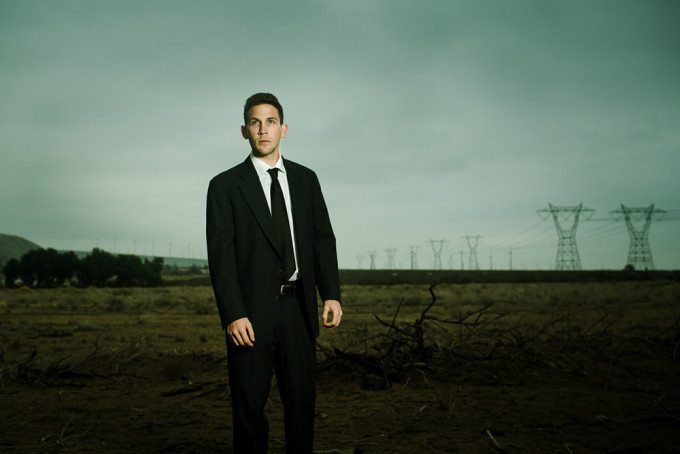
Phoblographer: What do you personally think you’re better at: environmental portraits or standard portraits? Why?
Tom: I try to be good at both environmental as well as standard portraits. I got a critique and they said I needed more environmental portraits so I have been trying to get better at that.
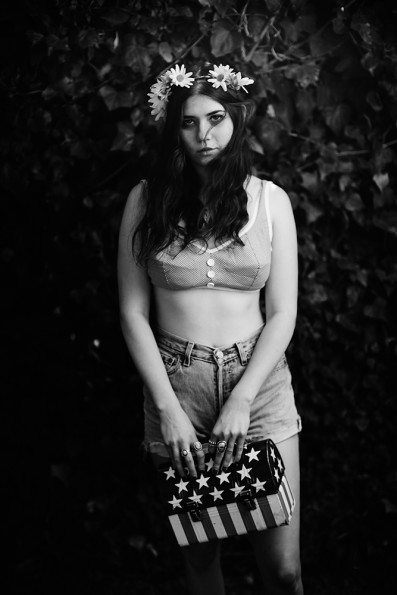 Phoblographer:What’s inspiring you these days in terms of scenes and people to photograph?
Phoblographer:What’s inspiring you these days in terms of scenes and people to photograph?
Tom: I tend to photograph people/ scenes that interest me and challenges me. I try to put myself in uncomfortable situations whether that be a lighting setup I am not 100% sure on or shooting strangers etc. I think being in that challenging environment you are either going to rise to the occasion and deliver or you are going to fail and learn something. Either way you are pushing your craft to the next level and I think failing is the best way to becoming a better artist.
Phoblographer: What are some basic posing tips that you can give us?
Tom: Good posing is difficult and I am definitely no expert. I try to setup my lighting first and then position my subject where my lighting is going to be. Then I kind of feel it out and try things. Sometimes I put my camera down and instead of looking at my screen I look at my subject and see what they do. If something isn’t working I just move on to something else. I tend to not think about posing too much rather I just try and make someone comfortable in front of the camera and gently guide them to what I want.
